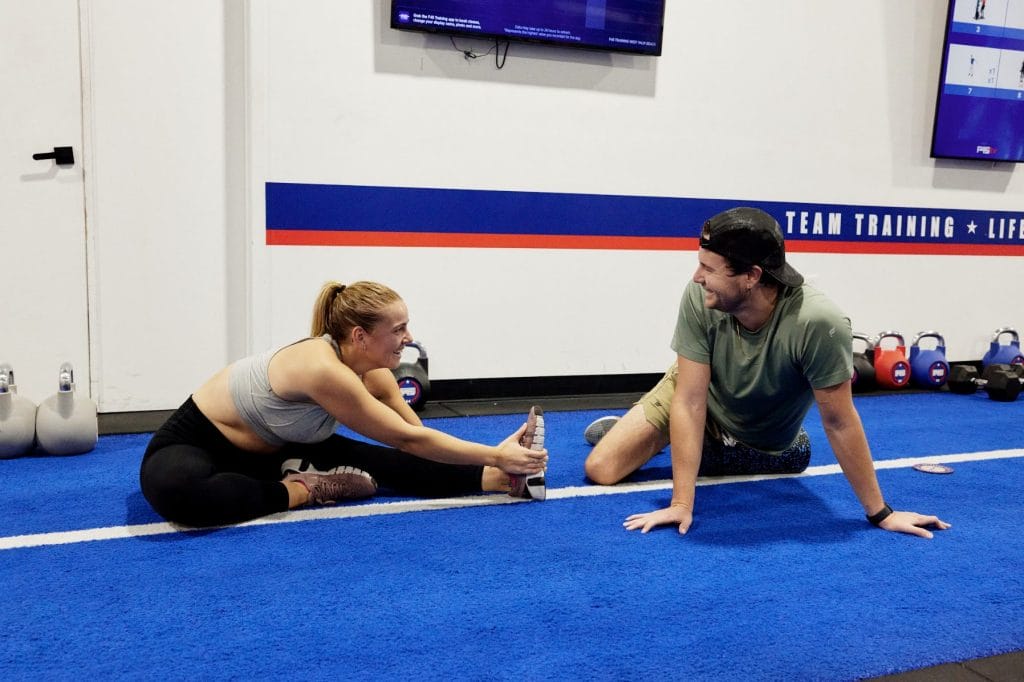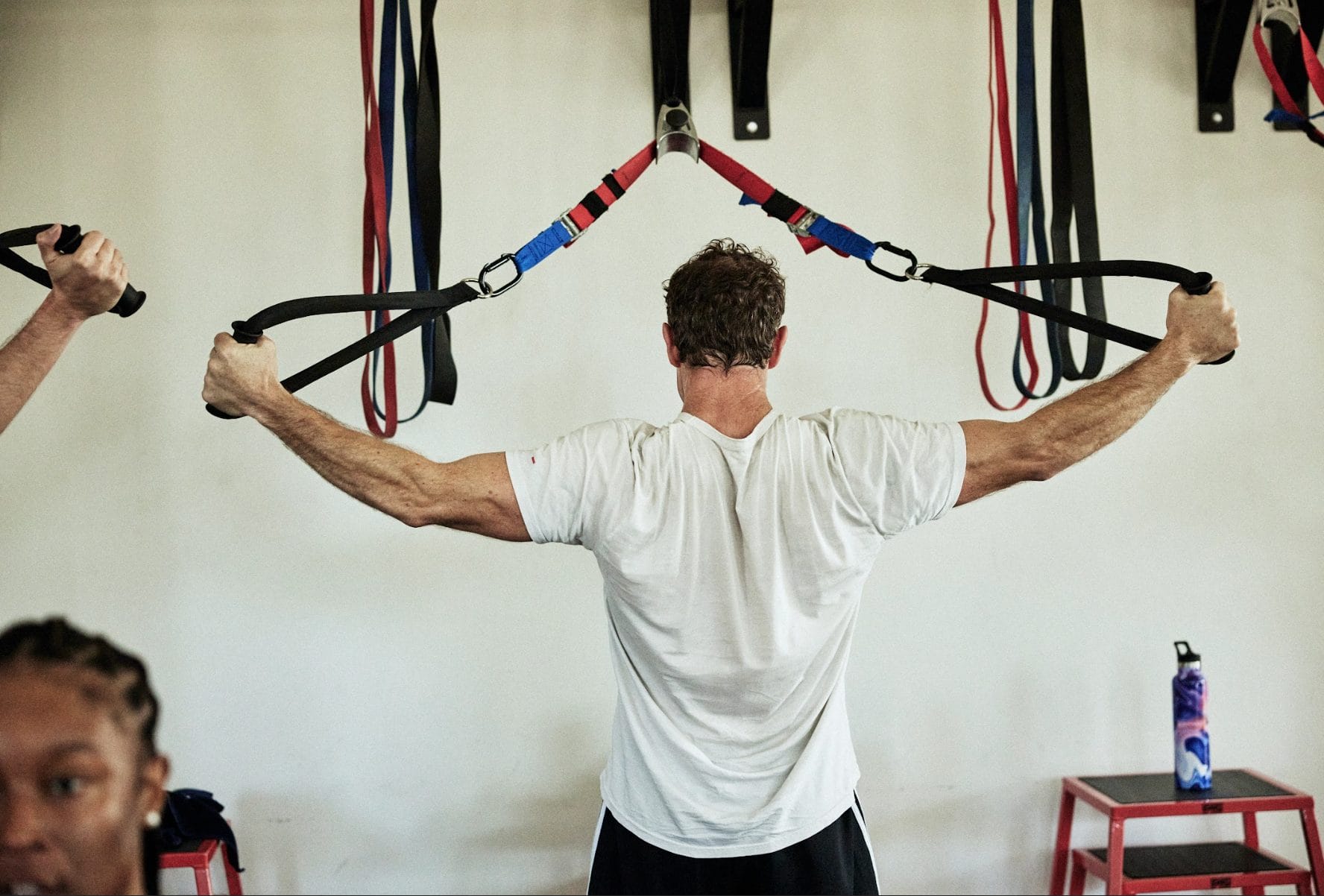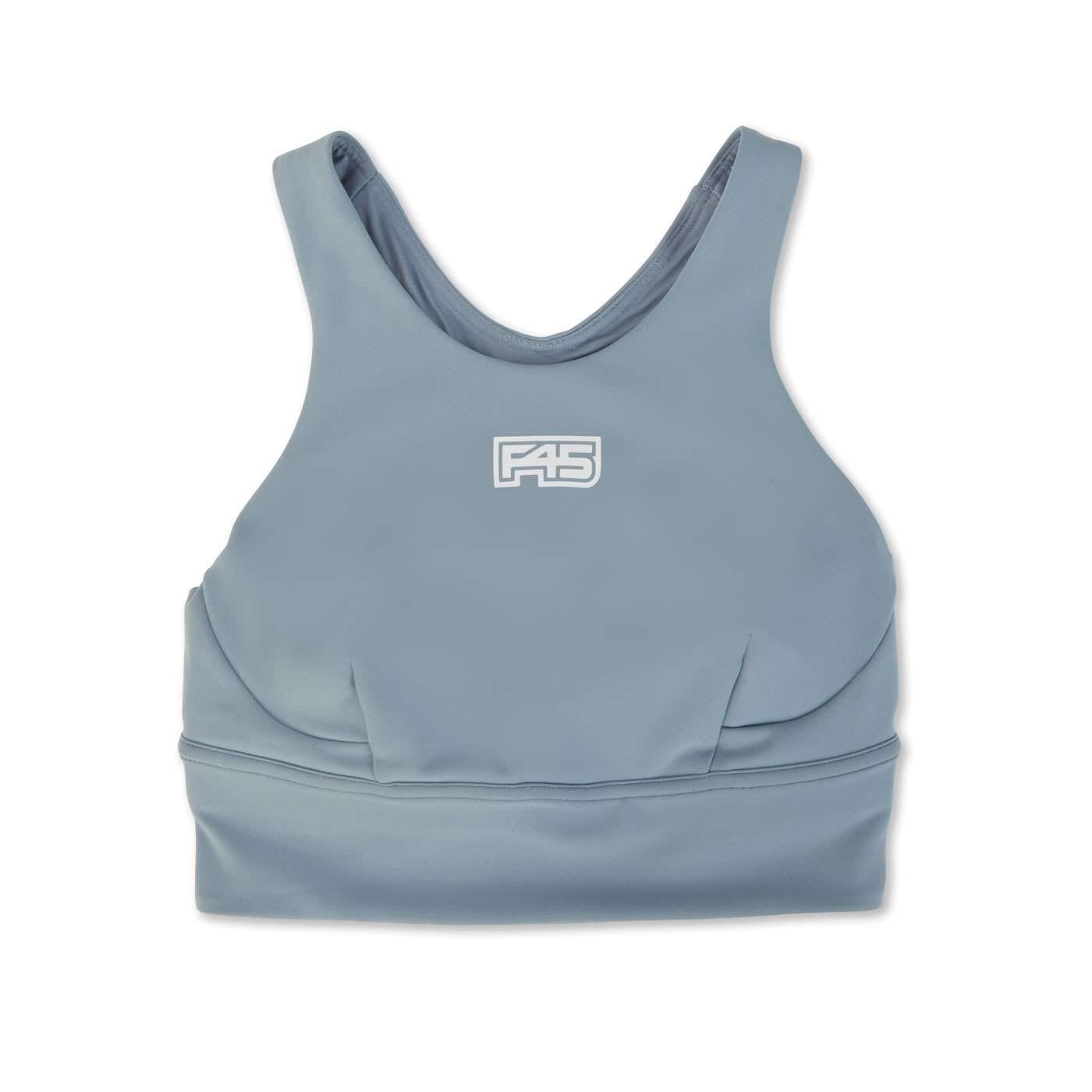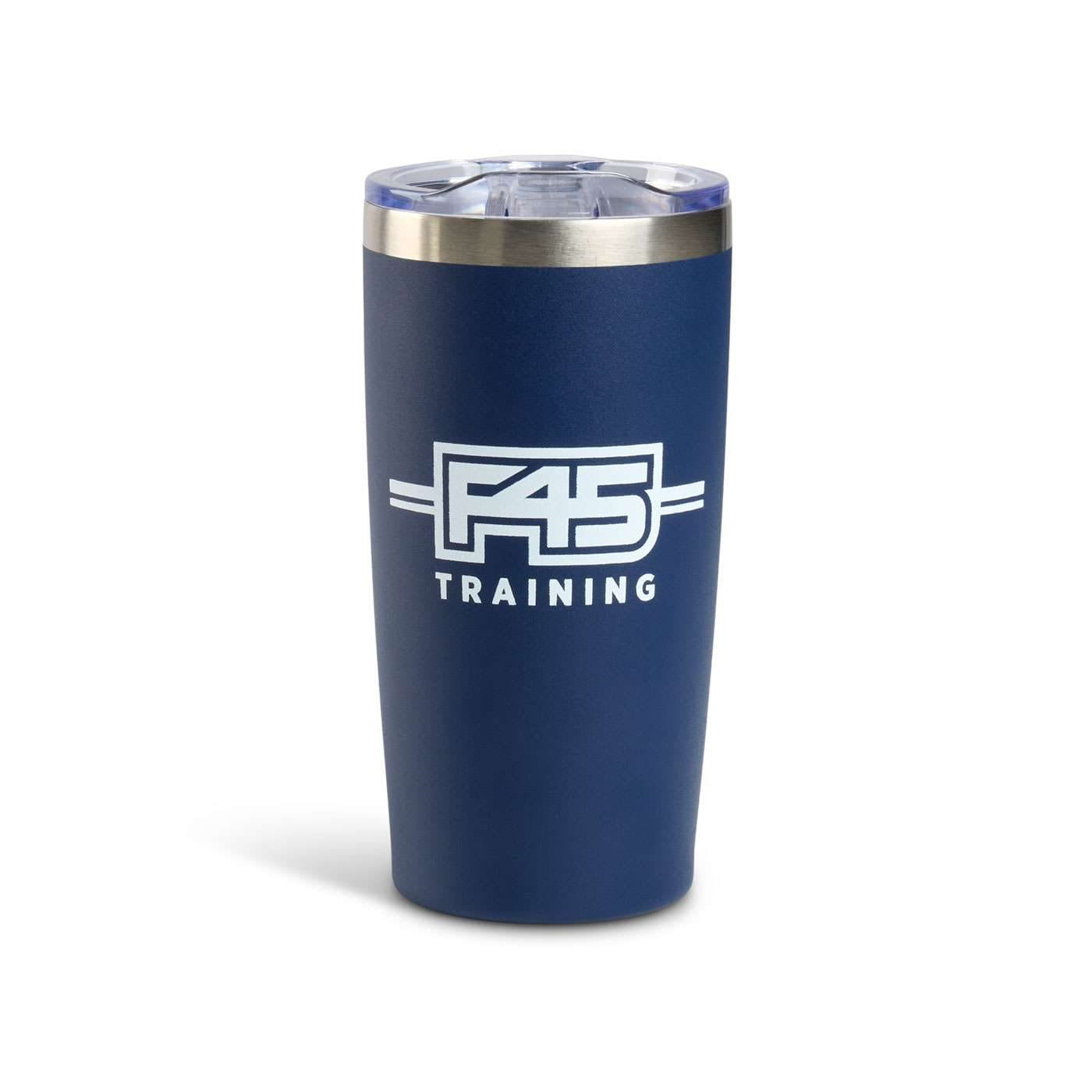Injury can put a pause on our fitness and exercise goals. And too often, it only takes a one-off fracture or sprain for us to take injury prevention exercises seriously. The great thing about injury prevention is that it goes hand-in-hand with F45 workouts. Our expert trainers are on site to empower you with group fitness classes that are optimised to give you results while supporting the safety of your body with proper techniques. In the below guide, explore our expert advice and exercise tips for injury prevention.
What is injury prevention?
In group fitness classes, injury prevention includes exercises that build functional strength, improve control over the body and focus on using equipment correctly. Injury prevention in sport involves conditioning the body to carry out common movements, wearing or using equipment to support your safety, and abiding by the rules of the sport you’re playing.
Outside of working out and training, injury prevention also includes eating a healthy diet, staying hydrated and getting enough sleep. Taking a holistic approach to injury prevention helps our body efficiently recover.¹ When we allow for recovery time, we prevent injuries from muscle, tendon and joint overuse.² It also means we’re more likely to keep focus, increasing our ability to maintain the correct form during exercise.
Why is injury prevention important?
By working out, we are essentially putting our bodies under stress. To make sure this stress is beneficial to our body, we need to be performing optimised workouts that prioritise correct form and prevent exercise injury.
Plenty of injuries occur when our body is not prepared for common actions such as moving furniture, lifting groceries or enjoying social exercise at the park. As we age, our lean muscle mass and bone density naturally decreases – putting us at great risk of injury.³
Strength training can support your health and help with injury prevention in everyday life. With proper technique and guidance from an F45 instructor, resistance training can build muscle mass and strengthen our joints, tendons and ligaments.4 This supports our bodies in performing everyday functions and safeguards us against preventable injuries.
Top tips for injury prevention during exercise
Whether you’re a certified fitness pro or just starting your exercise journey, injury prevention should be a fundamental part of your workout routine and everyday life. Either way, you’re in safe hands with our injury prevention exercises and tactics:
- Make sure you warm up and cool down
- Always have rest days
- Focus on technique
- Properly refuel your body
- Perform daily stretches
- Wear the correct gear
Ahead, we’ll explore these top tips for injury prevention in detail.
1. Warm up and cool down
Warming up and cooling down is a core part of injury prevention in sport and workout classes. Warming up before exercise decreases the chances of injury5 and prepares our muscles for stronger and faster movements. This is why F45 cardio and resistance workouts are designed to gradually increase in intensity. To prevent an exercise injury, you can perform warmup exercises using your body weight and some dynamic movements, such as:
- Jump rope
- Jogging
- Jumping jacks
- Lateral lunges
- Hip rotations
It might be tempting to skip your cool down exercises at the end of your workout, but you might be slowing down your recovery.6 Cool down movements can include gentle stretches:
- Child’s pose
- Cat cow
- Knee-to-chest pose
- Downward-facing dog
- Spinal twist
2. Always have rest days
Rest lets your body recover after a workout, and understanding the connection between sleep and exercise helps your muscles rebuild and minimise stiffness and soreness the next day. Giving yourself proper recovery time before working out is essential for muscle repair. If you work out too soon before your muscles have recovered this can result in injuries from overuse. Our main takeaway is, take a rest day if you feel you need it. But if you don’t want to be sedentary, enjoy F45’s injury prevention exercise in our recovery class.
3. Focus on technique
Carrying out exercises with the correct technique is a major part of injury prevention during any workout. At the beginning of your fitness journey, proper technique should be your number one priority because it sets you up for future success. A great way to learn and maintain technique is to have a professional trainer watching and correcting your technique throughout the workout. At your F45 studio, we design workouts that revolve around technique, encourage learning, and challenge our members in a safe and inspiring environment. As workouts continue, we target specific muscle groups and keep stress off other muscles and joints. Remember to move at your own pace – it’s always better to do fewer movements with the correct technique than to do more and put unhealthy strain on your body.
4. Refuel your body
What we eat plays a large role in how well we work out and prevent injury. We are more likely to experience an exercise injury while fatigued, and a healthy, balanced diet boosts energy levels and gives us better control of our movements. A quality diet also helps us rebuild muscles, reinforce bone density and strengthen our tendons. A healthy injury prevention diet should include plenty of carbohydrates and protein, with a mix of essential fats, vitamins, calcium and plenty of hydration!
5. Stretch daily
Stretches are another form of injury prevention exercise. Stretching promotes muscle flexibility and minimises injury by preparing and relieving our muscles before and after each workout. Performing a daily stretching routine outside of F45 workouts can help prevent injury by reducing muscle stiffness. This is especially useful for many F45 members whose jobs involve sitting for long periods. These five stretches can easily be performed at home:
- Hamstring stretch
- Pigeon pose
- Triceps stretch
- Shoulder stretch
- Kneeling lunge stretch
6. Wear the right Gear
The clothes we wear while we work out should be comfortable and supportive. This might mean wearing compression clothing, sports bras and training shoes. Compression wear is often used to keep muscles warm and encourage blood flow. For injury prevention in sport, this could be sport-specific equipment like shin pads, mouth guards or head gear. During an F45 workout, the most important thing is that your clothing doesn’t cause discomfort or distract you from the exercises.
Now that you’ve learned the fundamentals of injury prevention, discover how to build a sustainable fitness routine.
1 https://pubmed.ncbi.nlm.nih.gov/35010929/
2 https://www.ncbi.nlm.nih.gov/pmc/articles/PMC8811513/
3 https://www.ncbi.nlm.nih.gov/pmc/articles/PMC6261527/
4 https://pubmed.ncbi.nlm.nih.gov/3633121/
5 https://pubmed.ncbi.nlm.nih.gov/16679062/














